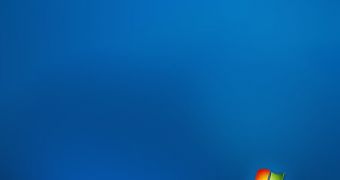Windows Home Server is a Microsoft product based on the code of Windows Server 2003, designed to deliver a range of functionality. "A home server is an always available smart node on the home network dedicated to providing services to other nodes on the home network and the Internet," revealed Charlie Kindel, Product Unit Manager, Windows Server Incubation - Windows Home Server. In this regard, storage and backup are among the backbone capabilities of WHS.
One of the most common issues with Windows Home Server is generated by none other than the storage aspect. It is obvious that storage space is limited. A simple solution to overcome this issue is to integrate external drives.
"Windows Home Server was designed to use external hard disk drives as additional server storage. One of the primary goals of Drive Extender was to enable people to reuse any existing hard drives for more space on their home servers. The paradigm is a little different than what people are used to doing with external hard drives - with Windows Home Server you plug them in and leave them attached to your home server until you tell your home server that you want to remove them," explained Todd Headrick, product planner for the Microsoft Windows Home Server.
All external hard drives management can be done through the Windows Home Server Console. Microsoft advises its users to use the console in order to add a new hard drive to the Server Storage. This operation should be the natural action that follows the initial plugging in of the additional drive. "The drive will be formatted, so if you have any important files on the drive, plug it into one of your home computers and copy these files to your home server prior to adding it to your Server Storage," Headrick added.
Taking a hard drive out of Windows Home server will not kill the product but it will send it into a red (critical) state of health. This of course can be avoided if users will simply not unplug an external drive prior to managing the action through the Windows Home Server Console.
"You need to tell Windows Home Server that you want to 'Remove' a hard drive from your Server Storage before physically unplugging the USB 2.0 or FireWire cable. Windows Home Server will move all of the Shared Folder data and home computer backups off of the hard drive that you want to remove (assuming you have enough space on the remaining hard drives, otherwise you will get a warning prior to proceeding)," Headrick said.

 14 DAY TRIAL //
14 DAY TRIAL //